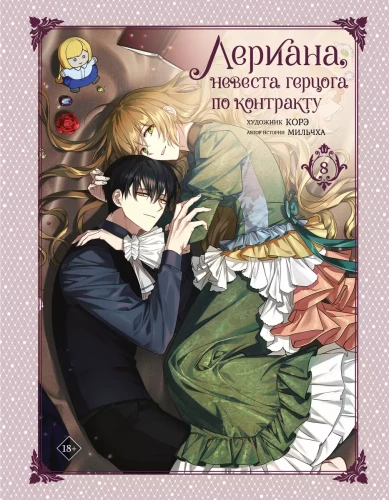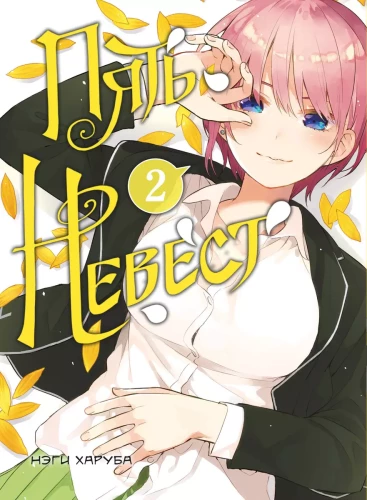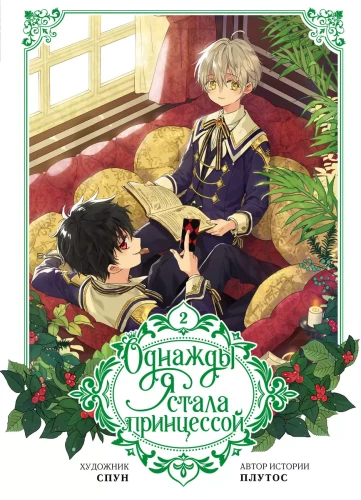Fairy tales illus. Bilibina BML
The collection includes three fairy tales by A. S. Pushkin: about Tsar Saltan, about the Golden Cockerel, about a fisherman and a fish, a song by M. Yu. Lermontov about Tsar Ivan Vasilyevich and the merchant Kalashnikov, five poetic tales... by A. S. Roslavlev and fifteen foreign fairy tales, including nine from the French collection “Tales of the Snake” by Jean-Roch Mazon. All the drawings in the book, as well as the headpieces and initial letters in it, were made by a virtuoso of ornament and design, an excellent master of color, an excellent illustrator and book designer, Ivan Yakovlevich Bilibin. His works give this book a unique flavor. All the tales in this collection are illustrated by the recognized virtuoso of ornament and design, an excellent master of color, an excellent illustrator and book designer, Ivan Yakovlevich Bilibin. It is they who give the book a unique flavor, because it would not be an exaggeration to say that we largely imagine the wonderful world of Russian fairy tales precisely thanks to the amazing drawings of this talented artist. The future classic of book illustration was born in 1876 into the family of a naval doctor. His passion for drawing appeared in childhood, but Bilibin’s father was against his son’s education at the Academy of Arts. As a result, the young man graduated from the Faculty of Law of St. Petersburg University, but his passion for drawing constantly led Bilibin away from jurisprudence. While still a student, he began attending art classes led by I. E. Repin. At the end of 1898, Bilibin studied for two months in the workshop of Anton Ashbe in Munich, and a year later, while in the Tver province, he created illustrations for the book “The Tale of Ivan Tsarevich, the Firebird and the Gray Wolf.” The artist was a big fan of Viktor Vasnetsov and, like Vasnetsov, drew inspiration from folk art. Using decorative techniques of ancient Russian and folk art (embroidery, popular prints, icons), Ivan Yakovlevich formed his own unique “Bilibinsky” style, which made the artist famous. Bilibin’s drawings are easily recognized even by people far from art. Illustrations for Bilibin’s Russian fairy tales were noticed by Prince B.B. Golitsyn, who headed the so-called “Expedition for Procurement of State Papers” at the end of the 19th century. Under its auspices, Golitsyn dreamed of producing high-quality printed products that would contribute to the aesthetic development of the people. Bilibin's drawings perfectly corresponded to this goal. The artist’s collaboration with the Expedition lasted several years. On instructions from the ethnographic department of the Museum of Alexander III, Bilibin visited the Vologda, Olonets and Arkhangelsk provinces, where he studied wooden architecture. At the beginning of the twentieth century, splash screens, endings, covers and other works by Bilibin began to appear in such magazines as “World of Art” and “Golden Fleece”. The harsh winds of the 1917 revolution forced Bilibin to leave Russia. He lived and worked successfully first in Cairo, then in Paris. However, the desire to be back in his homeland was so great that in 1936 the artist moved to Leningrad. It was in this city that he died in the winter of 1942 from exhaustion, having refused the evacuation offered to him by the authorities after the outbreak of war.
Printhouse: SZKEO
Series: Библиотека мировой литературы
Age restrictions: 0+
Year of publication: 2023
ISBN: 9785960309486
Number of pages: 288
Size: 240х170х25 mm
Cover type: твердая
Weight: 900 g
Delivery methods
Choose the appropriate delivery method
Pick up yourself from the shop
0.00 £
Courier delivery


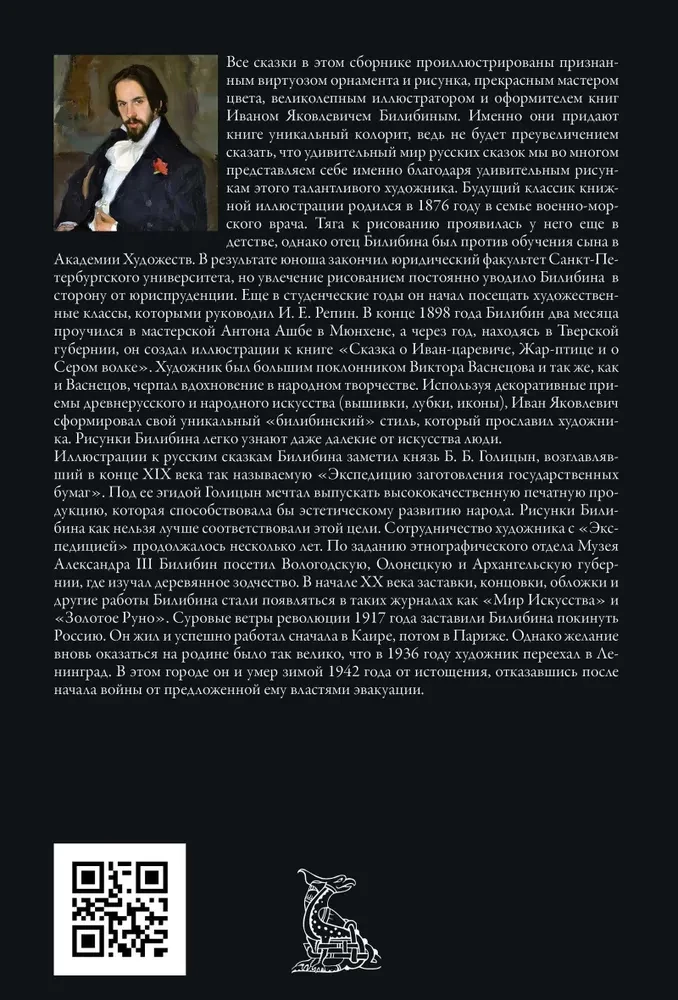
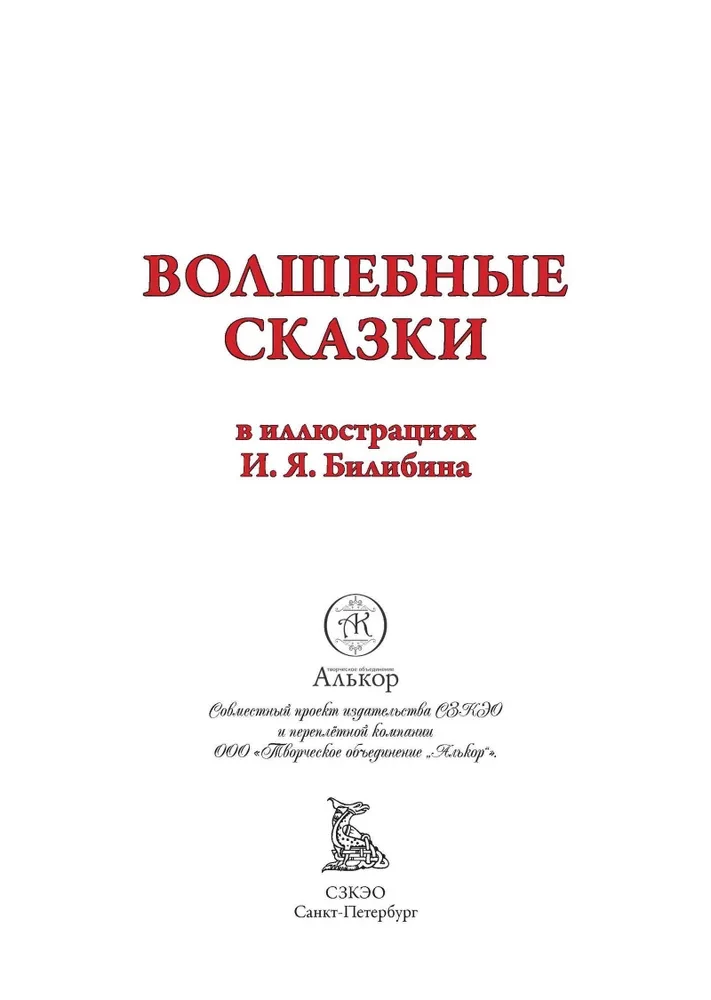
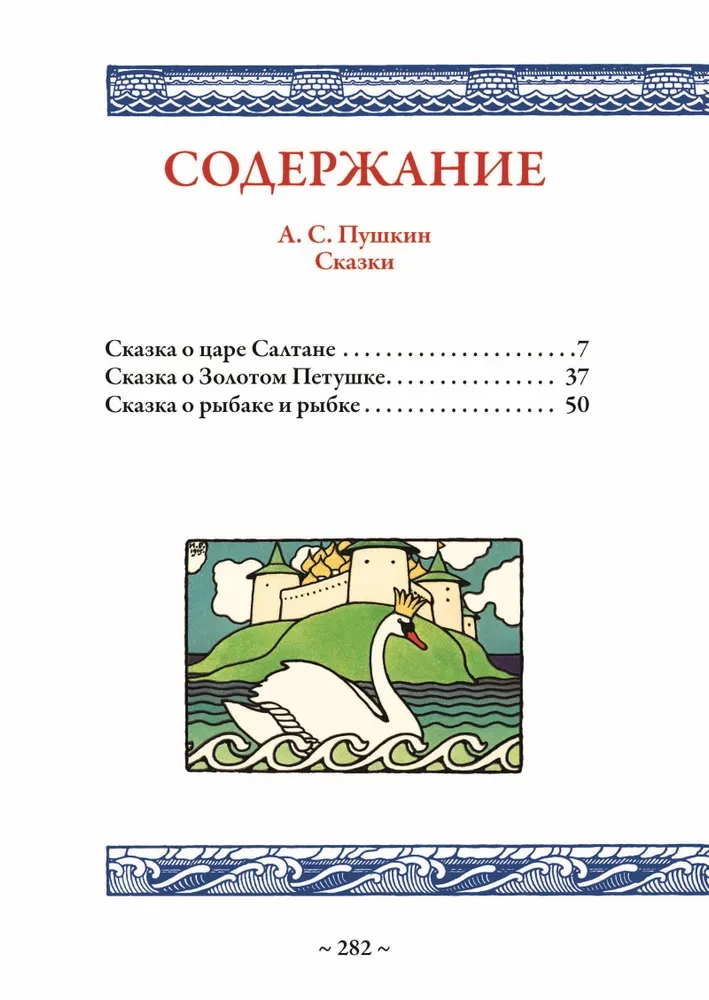
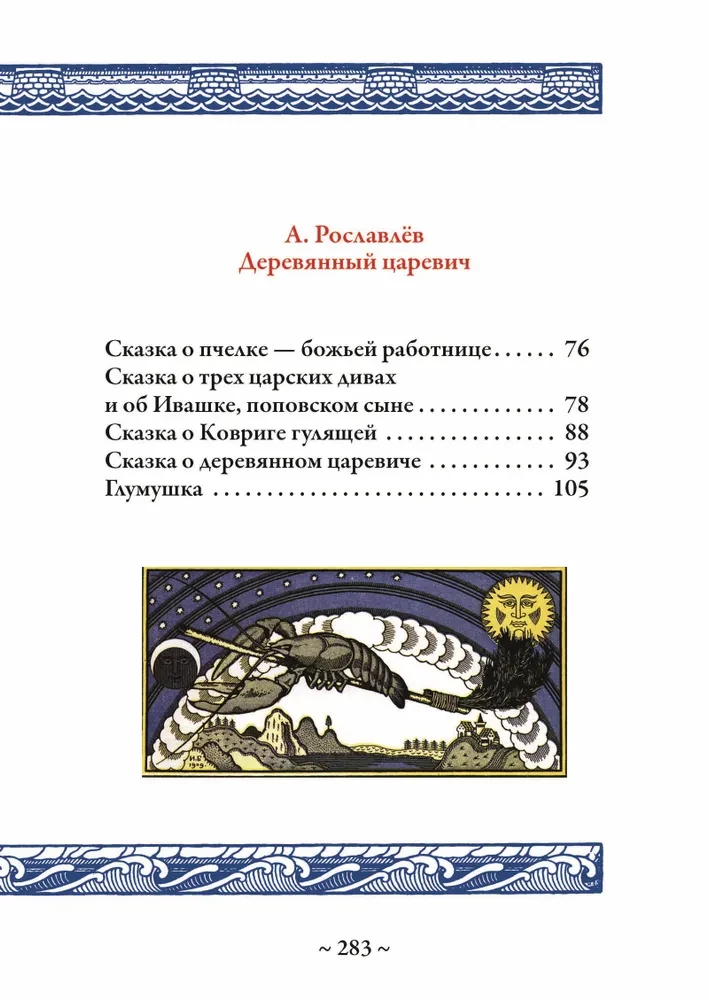
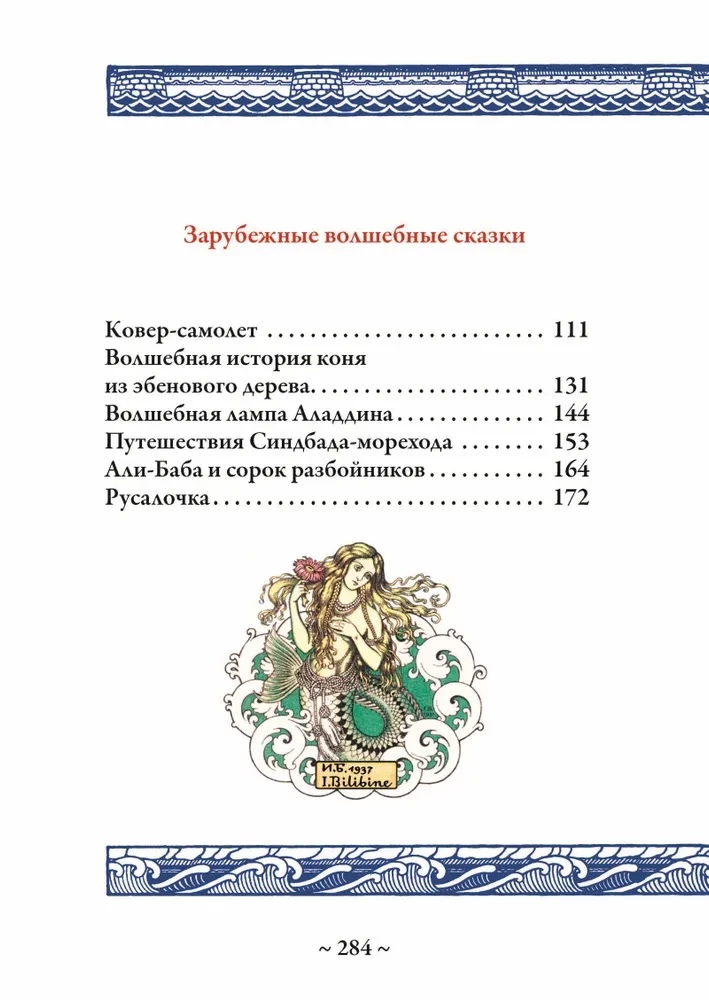

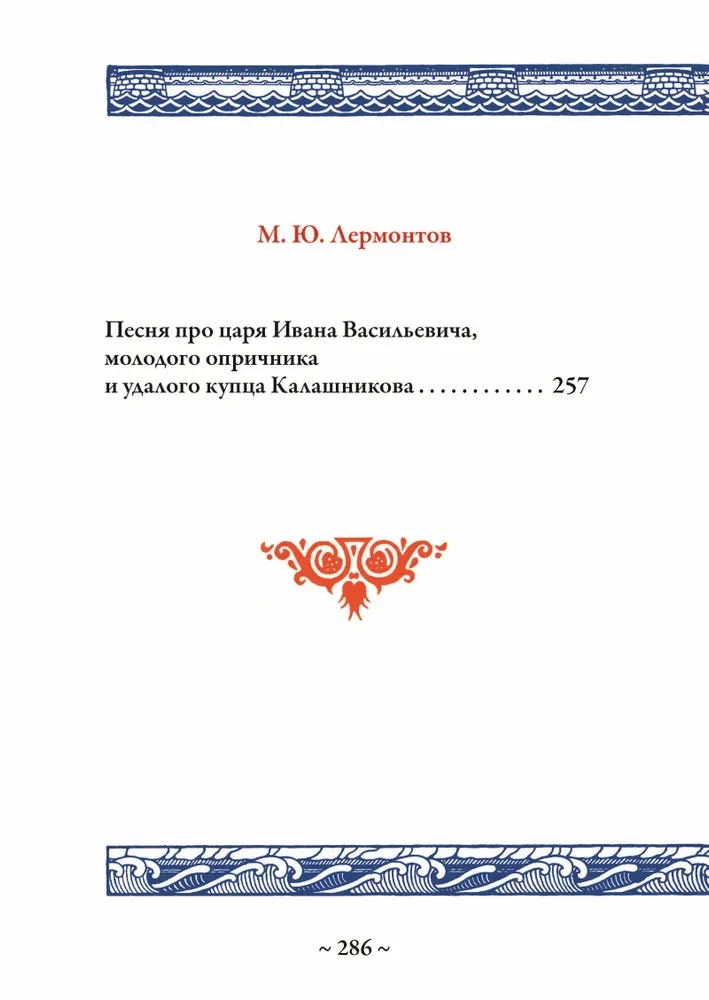
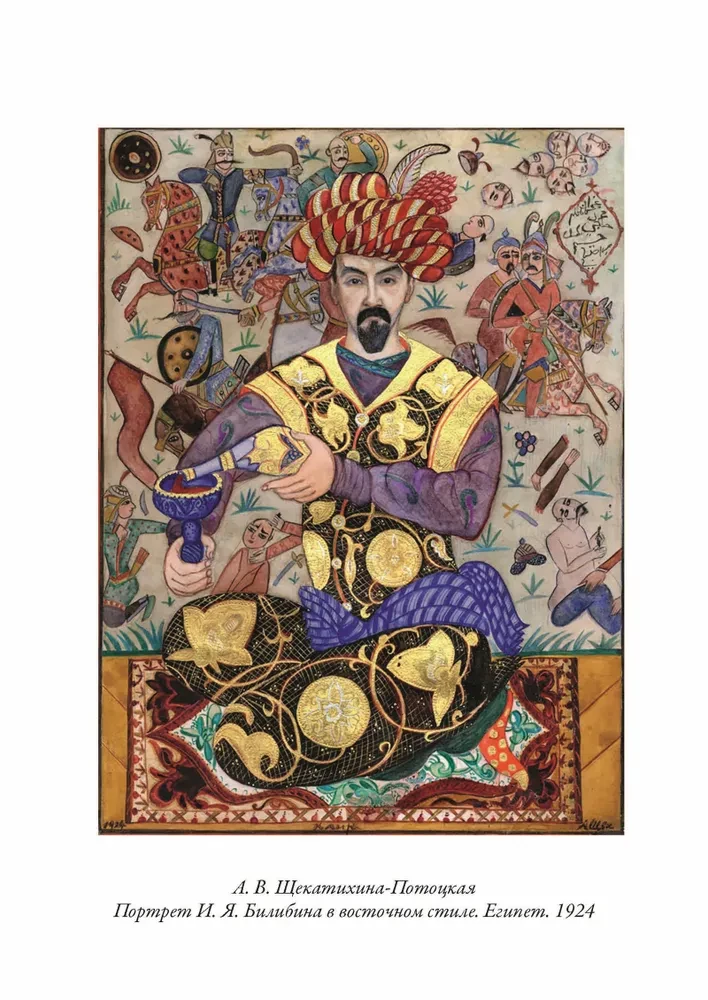

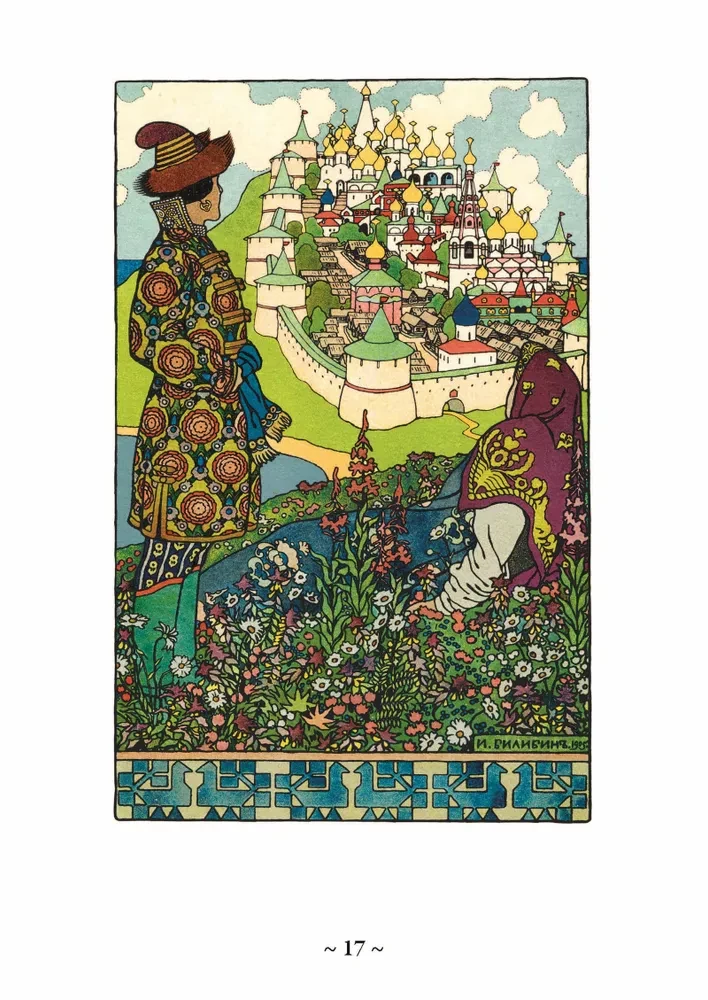
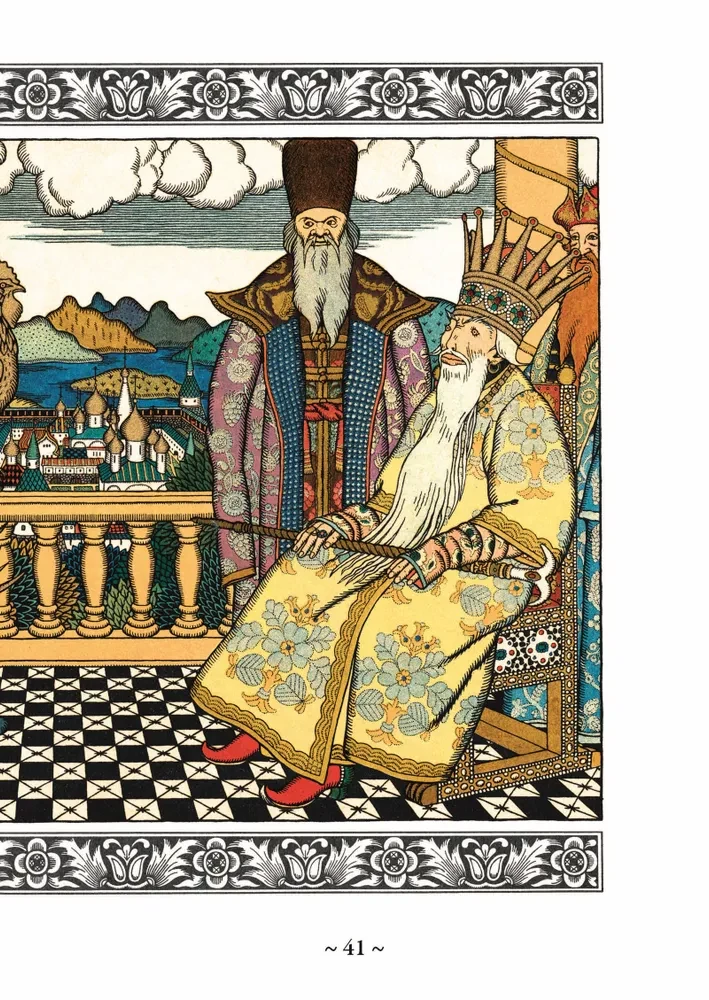
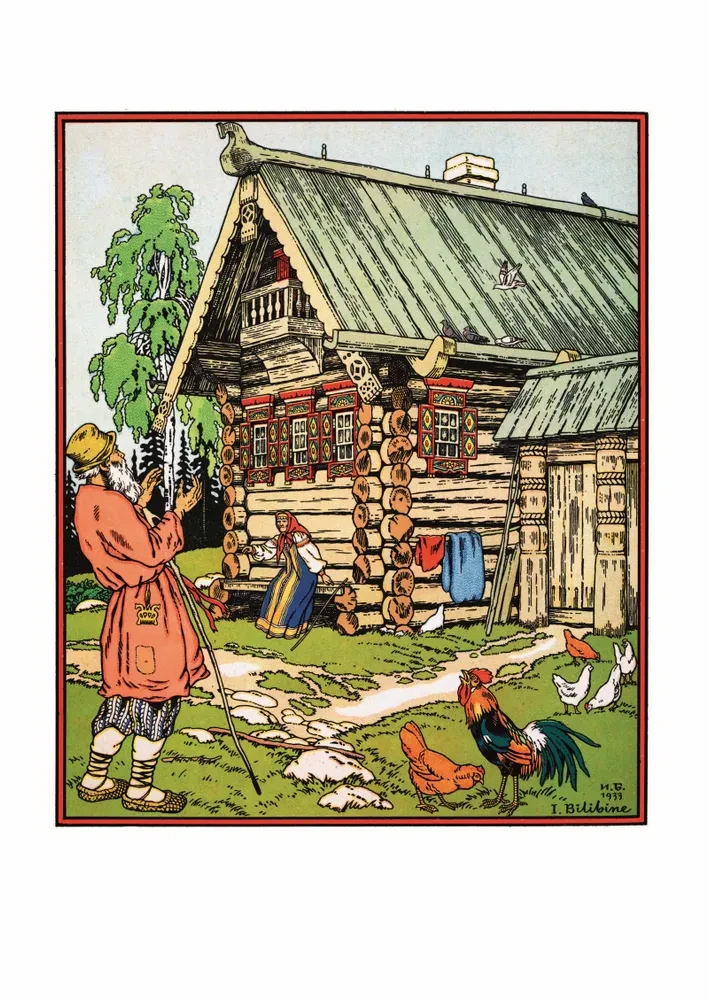
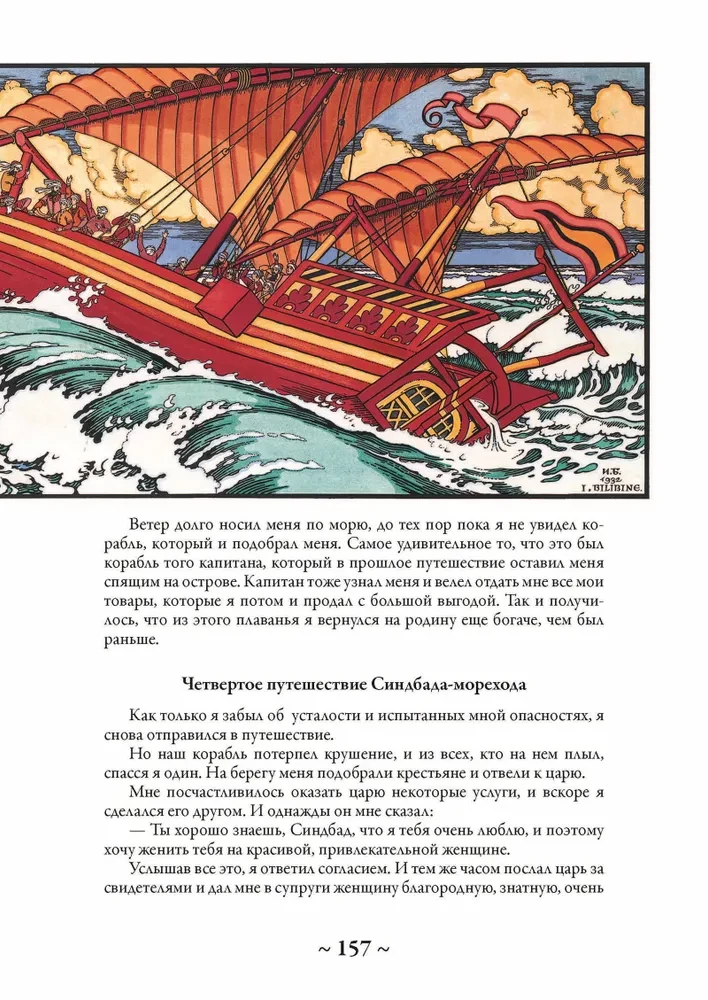
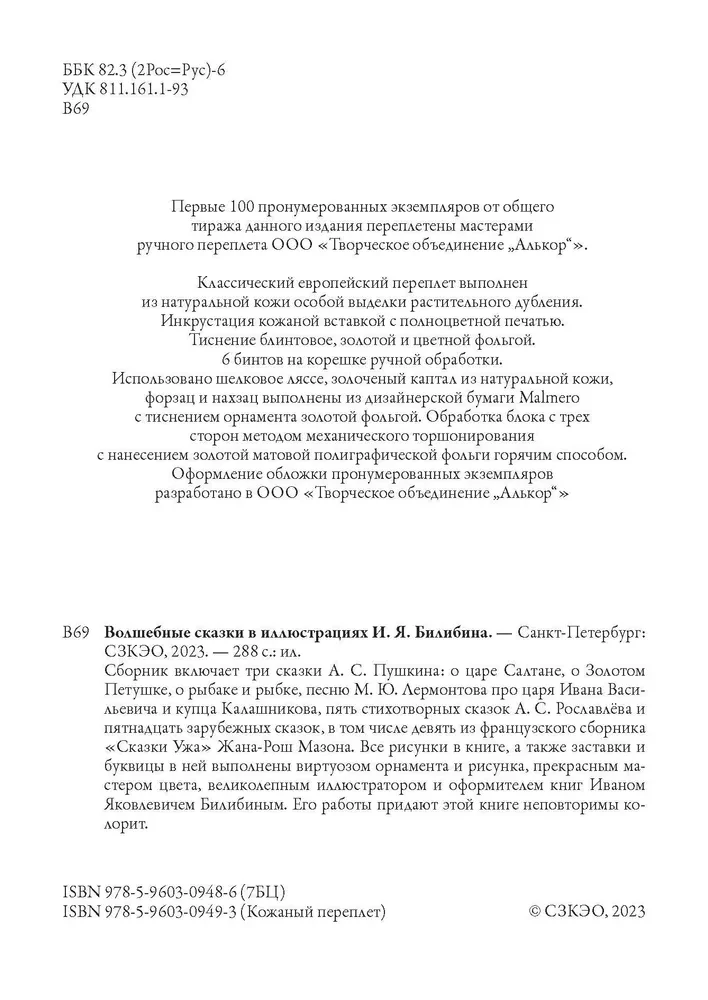
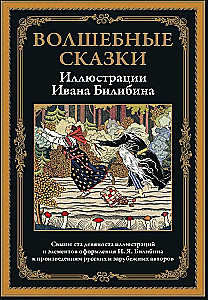
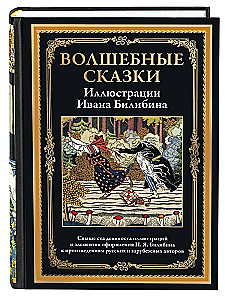
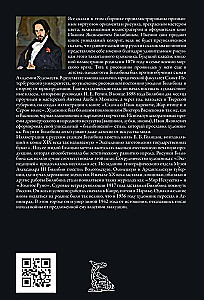
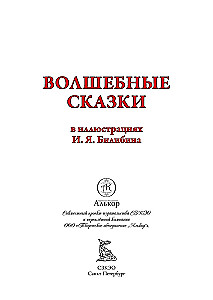
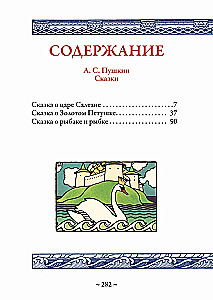
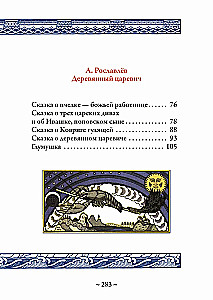

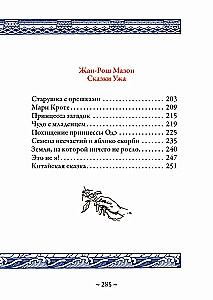
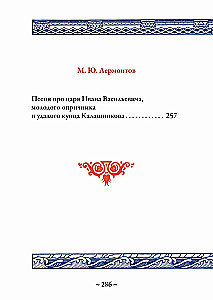
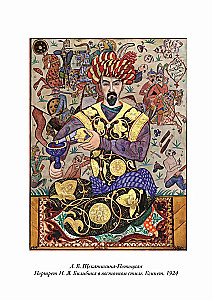
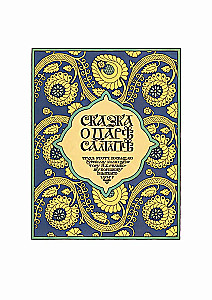
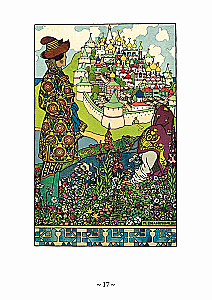
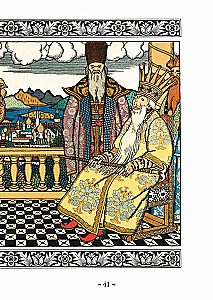
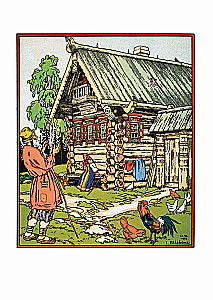

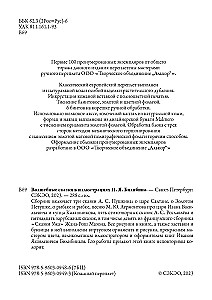

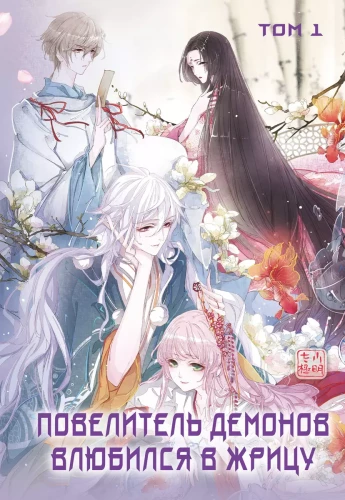
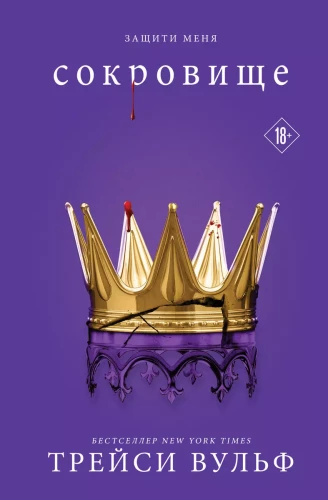

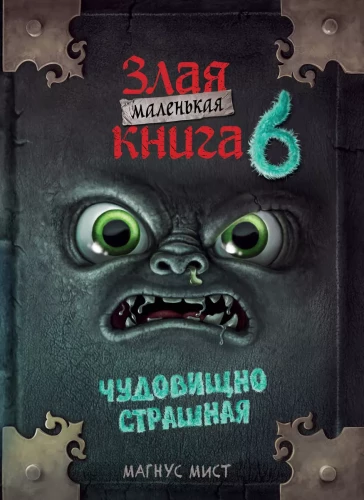


.jpg)

